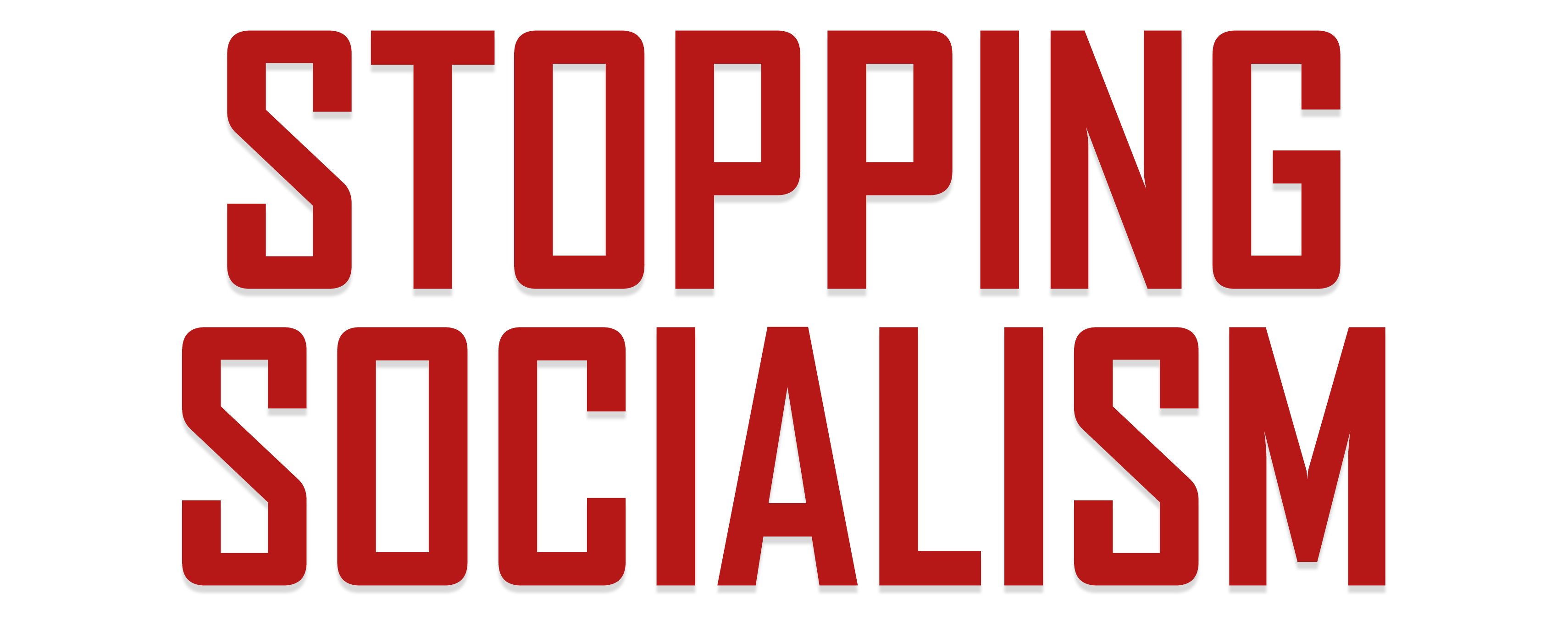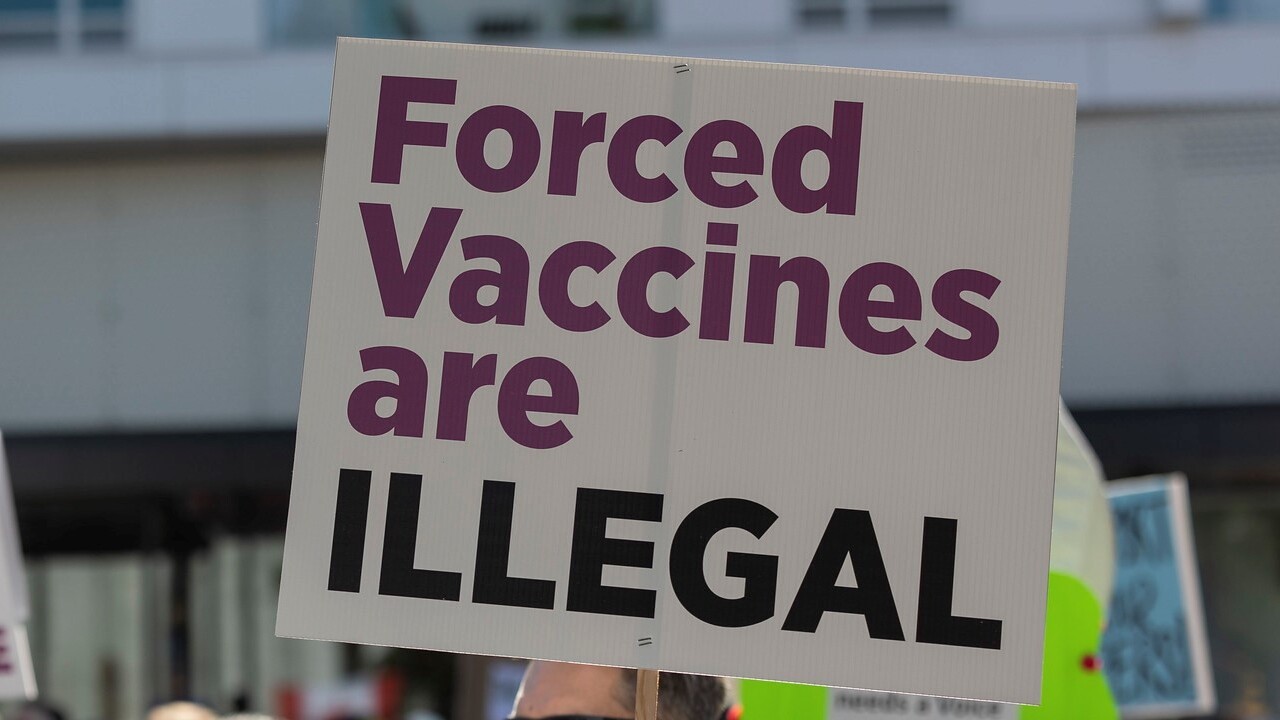Marketing is everything in politics. It explains why a tax credit that benefits 90% of American families with kids — some of them with income higher than $400,000 — is marketed as an anti-poverty measure. But in politics, that marketing is often an illusion that hides the hard consequences of a preferred policy.
With the latest COVID-19 relief package, Congress expanded the child tax credit, increasing the maximum amount a taxpayer could claim from $2,000 per child to $3,000 for those aged 6 to 17 and to $3,600 under age 6. The expanded part of the credit begins to decrease as income rises above $75,000 for individuals, $112,500 for heads of household and $150,000 for married couples. The $2,000 credit starts phasing out when income reaches $200,000 for individuals and $400,000 for married couples.
The credit is bigger, fully refundable and includes no work requirement. It means that parents who don’t make enough money to pay the income tax will receive cash from the government in the full amount of the credit regardless of their income. For instance, if you make no income and have two kids between ages 6 and 17 in addition to one toddler, you would get $9,600 a year. Before the change, only $1,400 of the $2,000 credit was refundable. So, in the scenario described above, that payment would have been at most $4,200. However, the family would have to report a limited amount of income to be eligible.
Starting in July, this cash will be distributed in monthly payments of up to $250 a month per child between ages 6 and 17 and up to $300 per child under age 6, based on their ages at the end of 2021. As of now, the changes will expire at the end of December, unless Congress renews it. But to do so, it needs some good reasons. There aren’t any. In fact, there are many reasons not to.
The first one is that, as mentioned above, it’s hard to believe that the credit expansion is a historic poverty-fighting effort as Democrats contend, considering that most families with kids will get it, including many higher-income households. And while the lowest-income beneficiaries will enjoy the payments, this is unlikely to make a positive long-term difference.
For starters, the lack of federal money to fight poverty isn’t the issue with child poverty. As Robert Rector of the Heritage Foundation noted recently, “before the COVID-19 recession, the U.S. spent nearly $500 billion on means-tested cash, food, housing, and medical care for poor and low-income families with children. This is seven times the amount needed to eliminate all child poverty in the U.S., according to Census figures.”
One reason for that anomaly is that most of these benefits aren’t counted as income in official government poverty reports. But the most profound reason is that no country gets out of poverty through redistribution of income.
To make a noticeable improvement on the poverty front, people need to improve their ability to earn and move up the income ladder. Unfortunately, built into this tax credit expansion (with no requirement to work or look for work) is a disincentive to work that could put the brakes on this process — as we saw before in the bipartisan welfare reforms of 1996.
Back then, we also had welfare payments with no work requirement. The result was that nearly 9 in 10 families on welfare were workless, unwed births rose significantly and most of these families were stuck in long-term poverty, creating a trend in intergenerational child poverty. That cycle was broken with the 1996 reforms requiring welfare recipients to work or prepare for work. The great news is that this led to a historic reduction of child poverty.
If this current program is expanded, we’re at risk of repeating the mistakes of the past by increasing the number of single-parent families in which no one is employed and reversing the gains the nation has made since the welfare reforms of the 1990s — all at great cost to taxpayers.
Before Congress starts distributing more cash and centralizing more power in the hands of the federal government, legislators should clean up the regulatory mess they have created, which has resulted in a more rigid work environment for families, an increase in the cost of child care and a reduction in economic growth.
Veronique de Rugy is the George Gibbs Chair in Political Economy and senior research fellow at the Mercatus Center at George Mason University. Her primary research interests include the U.S. economy, the federal budget, cronyism, taxation, tax competition and financial privacy. Her popular weekly columns address economic issues ranging from lessons on creating sustainable economic growth to the implications of government tax and fiscal policies. She has testified numerous times in front of Congress on the effects of fiscal stimulus, debt, deficits and regulation on the economy.
De Rugy blogs about economics at National Review's The Corner. Her charts, articles and commentary have been featured in a wide range of media outlets, including the "Reality Check" segment on Bloomberg Television's "Street Smart," The New York Times' Room for Debate, The Washington Post, The Wall Street Journal, CNN International, "Stossel," "20/20," C-SPAN's "Washington Journal" and Fox News Channel. She was also named to the Politico 50, the influential media outlet’s “guide to the thinkers, doers and visionaries transforming American politics” in 2015.
Previously, de Rugy has been a resident fellow at the American Enterprise Institute, a policy analyst at the Cato Institute and a research fellow at the Atlas Economic Research Foundation. Before moving to the United States, she oversaw academic programs in France for the Institute for Humane Studies Europe.
She received her master's degree in economics from Paris Dauphine University and her doctorate in economics from Pantheon-Sorbonne University.
Read De Rugy's workhere.






